Back Home by Chris Hardie
- Download this column as a Word document
- Download the photos that accompany this story
- Chris Hardie’s headshot
We were lost.
Sort of.
We were on the island of Mull, the second largest of the Inner Hebrides isles on Scotland’s west coast. Riding a ferry from Oban, we landed in Craignure and drove to the picturesque village of Tobermory for dinner at a pub.
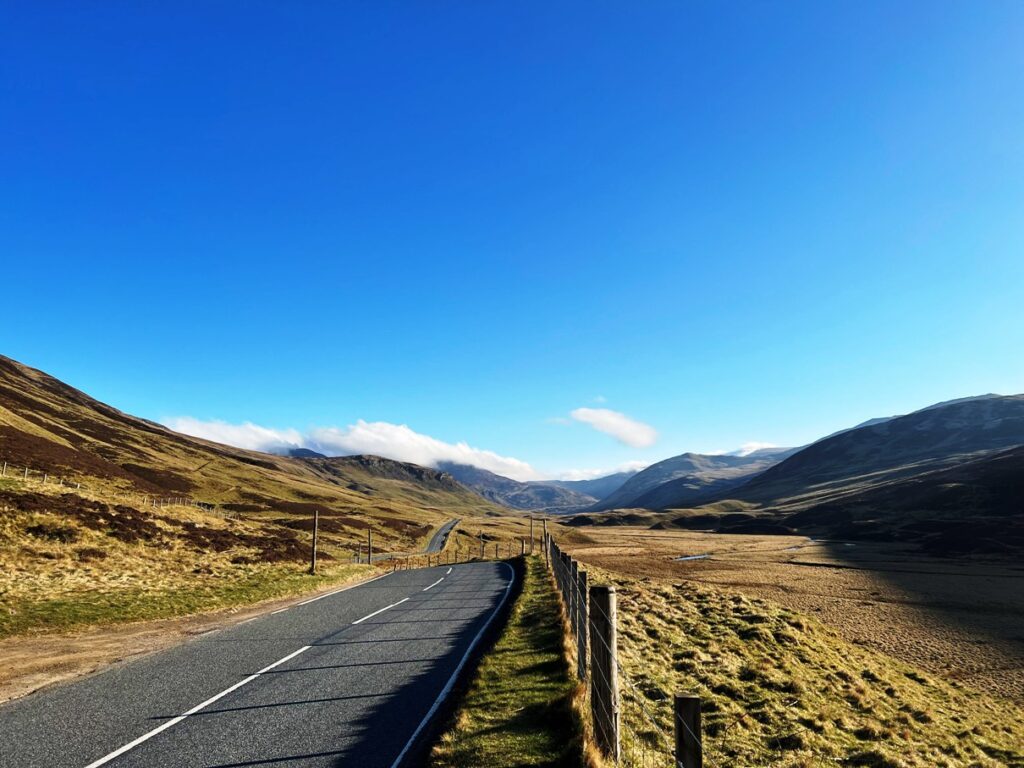
From the pub, (where my drink was only water on the rocks) we negotiated 15 miles of single-track road in our quest to find our lodging for the night — a bed and breakfast located off another remote road. We had directions, so I knew we were on the right road. But we didn’t have the precise address, which meant our satellite navigation system was of no help.
We passed only a few houses — one of them a rundown mobile home. “That better not be our inn,” my wife Sherry said. Then there was nothing. After driving for miles on the narrow single-track road, crossing over several cattle grates and avoiding steep drop-offs, I finally found a driveway to turn around.
Clearly we had gone too far — at least that’s what we thought.
Sherry took out her phone and started taking pictures.
“What are you taking pictures of,” I asked.
“The road,” she said. “I want there to be a record so our kids know how we died.”
“We’re not going to die,” I replied. It was still early evening, nightfall was a couple of hours away and we would just have to drive back and look for our inn again — even if we were past check-in time.
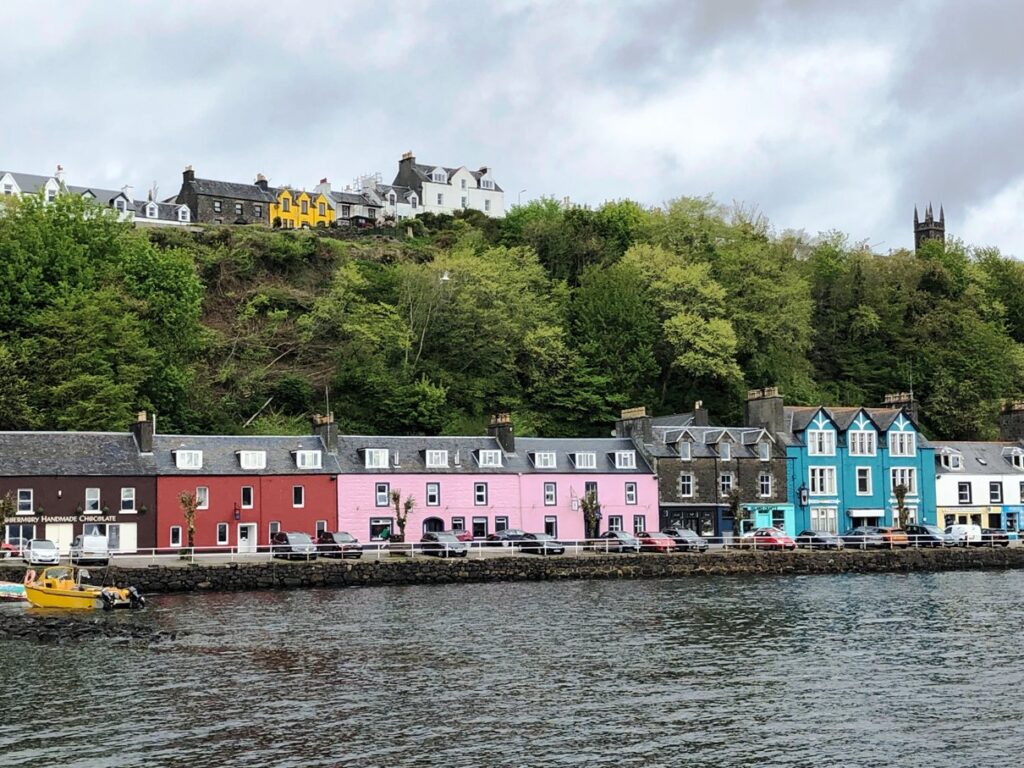
So we drove back across the cattle crossings, navigating the narrow road and blind corners. We passed the mobile home. And suddenly as we rounded a turn we saw the sign for our inn. It was located on a rock low to the ground and hard to see, which is why we drove past it.
I’m happy to report that we didn’t die. And I’m proud to announce that I didn’t put a scratch on our rental car after more than 2,100 miles of driving during our three-week journey in Scotland, where you have to drive on the left side of the road.
That is a better result than our trip to England in 1999 where I drove nearly the same amount of miles but smashed the passenger side mirror on the back of a truck during heavy traffic. During that trip we also had a car with a manual transmission, so I was sitting on the right side of the car and shifting with my left hand.
This trip we reserved a rental car with an automatic transmission that is technically a compact crossover, but would be considered a larger car in Scotland. Like England, the roads range from interstates — called the M-system for motorways — to A roads, B roads and single-track roads.
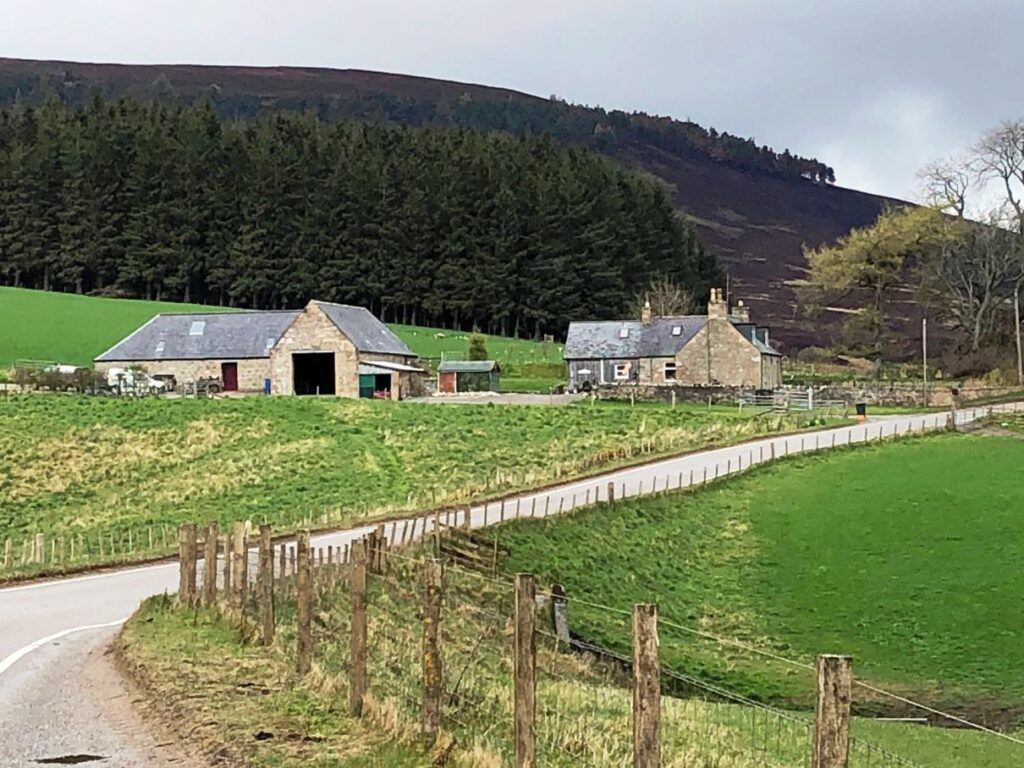
A roads are main trunk roads and B roads are distributor roads, generally with lower traffic densities. The classification does not measure the width or quality of the road and B roads can range from dual carriageways to single-track roads.
What are single-track roads? Let me quote from the website Undiscovered Scotland:
“As you drive through the more remote areas, sooner or later you’ll find yourself on a road too narrow to pass the vehicles coming the other way towards you. Welcome to Scotland’s single-track roads. There are far fewer of these than there used to be, but quite a few still remain. With common sense and a mix of assertiveness and consideration, driving these is not as big a problem as it might seem to first-time visitors.”
Driving with common sense, assertiveness and consideration seems contradictory — but it’s the truth. The key is using passing places — the sections of road that are widened to allow two vehicles to fit. If you see a vehicle coming and you’re near a passing place, pull over and wait.
Sounds easy. Never mind the blind corners and switchbacks. I always assumed we would meet a car around those corners. We often did. But if you’re ready and driving a reasonable speed — unlike the locals — you can handle it.
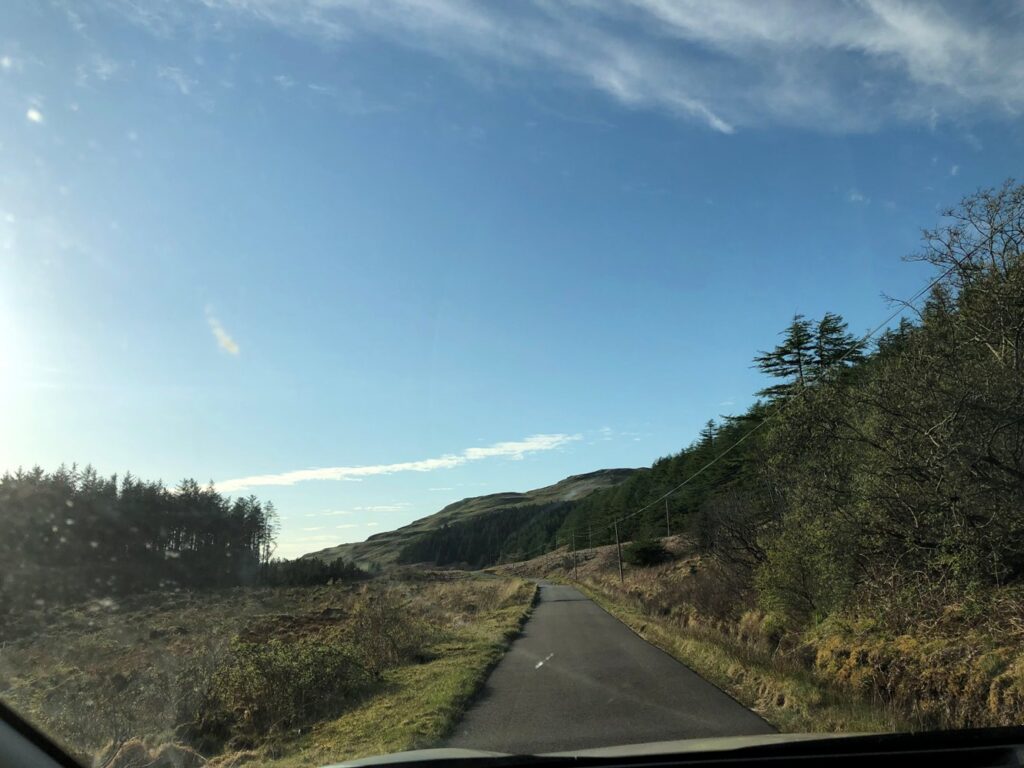
I had only a few cars honking horns or making hand gestures at me — there are some that are universally understood — but those were in cities where they were upset that I was driving too slow. There was one incident in a multi-lane roundabout in Stirling where I apparently cut off a truck driver.
We followed the truck for a few blocks before it stopped – in the middle of the road. The driver got out, walked back to our car and gave me a lecture on driving. I told him I was sorry and upon hearing my “thick accent” — as I was told that I had by several Scots — he threw up his hands, got back into his truck and left.
Speaking of roundabouts, they are the standard to connect streets and roadways. We probably only encountered less than a half-dozen of what we consider conventional intersections — two roads meeting at right angles with stoplights. It’s the roundabouts that are three to four lanes wide — with traffic lights — that get a little confusing.
As a general rule, roads in Scotland are narrow, often without shoulders and there are often rock walls or trees right up to the edge of the road. In place of shoulders are washouts that would cause some serious damage to tires or even axles if you drifted too far to the left.
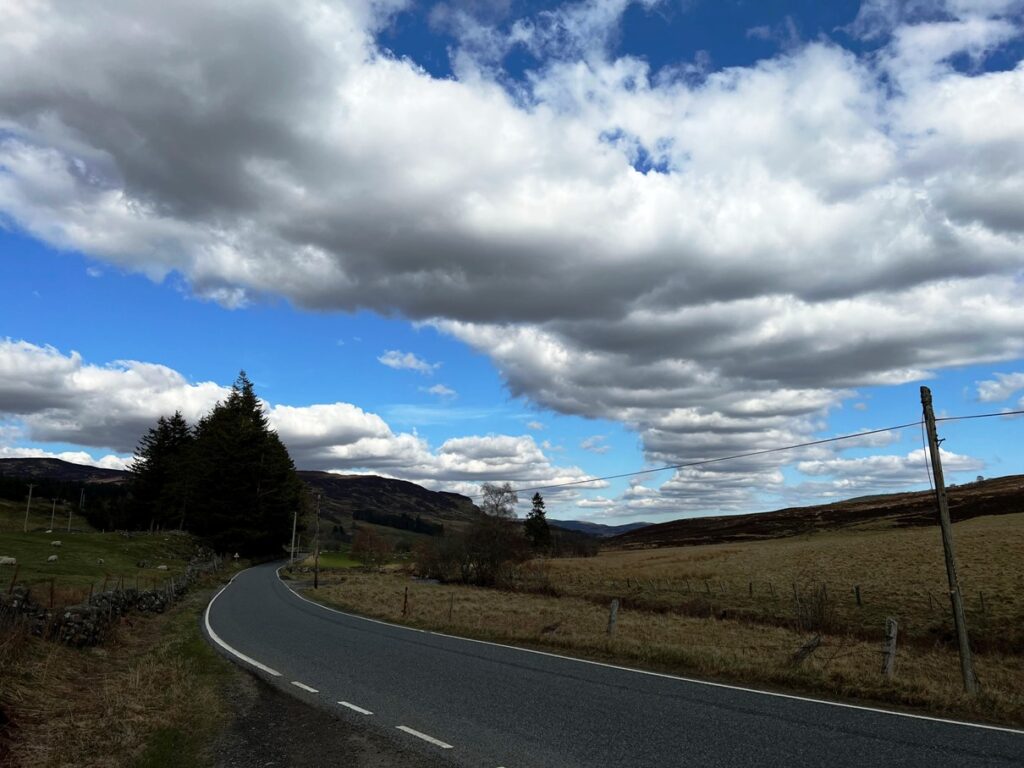
There are sometimes arrows to indicate upcoming curves, but there are no speed limit recommendations, so it could be anything from a gentle incline to a hairpin. You find out when you get there.
Yet statistically speaking, the roads in Scotland are much safer than in Wisconsin. The traffic fatality rate in Wisconsin is 10.4 deaths per 100,000, compared to only 2.6 per 100,000 in Scotland.
Wisconsin has a slightly larger population — 5.89 million compared to 5.45 million — and has many more miles of roads — 115,571 compared to 34,000. Wisconsinites drive an average of 15,442 miles per year compared to 7,400 in the United Kingdom.
A car was essential to get us to the many places we visited. I grew more comfortable with driving every day we were in Scotland, but it was a relief each night to arrive at our destination. I learned to pull over to let the faster drivers go by — including a road rally of several dozen speedsters traveling on a minor B road — and stayed as patient as I could.
The lesson I learned is that Wisconsinites are pretty spoiled by our many miles of wide roads with full shoulders and clear ditches. While we may be Midwest nice, I doubt that we would have the consideration to navigate single-track roads.
And we didn’t die.



